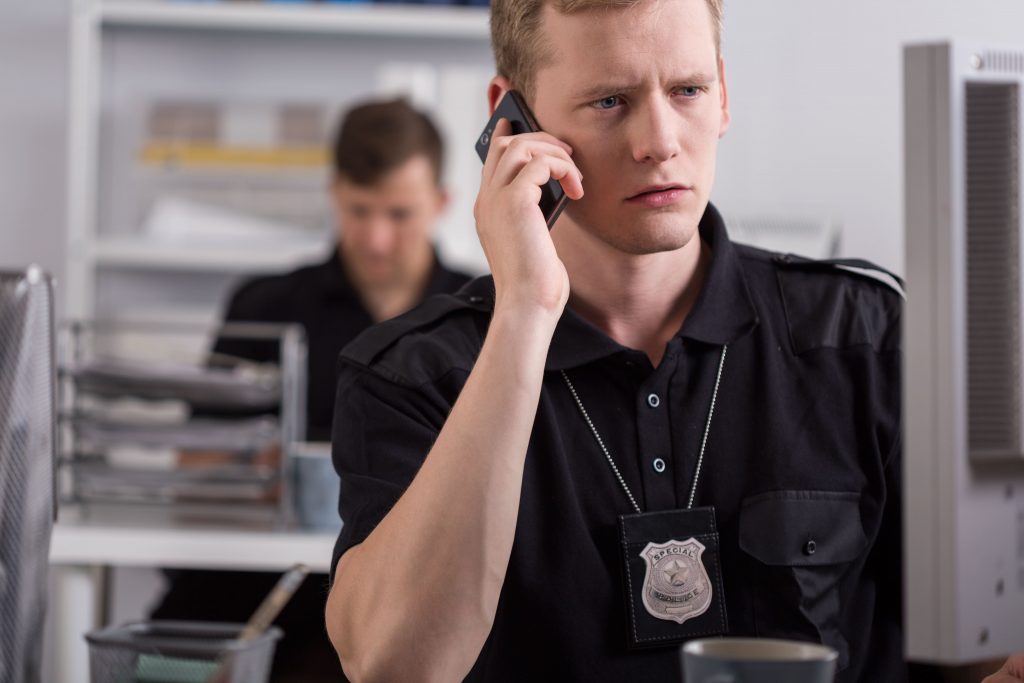According to David Segal, owner and president of Southern Technical Services, there was little to no cellular reception in the 60,000 square foot, two-story building because of the building materials, including those that meet LEED certification requirements, along with the building’s solid construction.
“Many times, newer government buildings are built as hurricane shelters that can withstand destructive weather experienced in this part of the country, or for a police station as both have much more robust construction on the exterior walls. Unfortunately, this greatly reduces the cellular signal penetration from the outside world to the inside of the building,” Segal explains.
To cost-effectively bring strong cellular signals from AT&T and Verizon into the building, Southern Technical Services installed CEL-FI QUATRA, an active DAS hybrid that specifically addresses the challenges of poor voice quality, dropped calls, and dead zones in large commercial and enterprise buildings. Unlike analog boosters and Bi-Directional Amplifier (BDA) passive DAS systems, CEL-FI QUATRA delivers a cellular signal that is up to 1000x stronger, offering a much larger coverage footprint. As the system uses ethernet cabling with Power over Ethernet, there is no need to install additional power outlets for the internal remote antennas.
“CEL-FI QUATRA just works better than the systems from most of the other major manufacturers. We tend to get call backs from end users due to problems with other cellular boosters. With CEL-FI, when we install it, we walk away and it is good to go,” says Segal.
The College Station Police Department has a large IT room where Segal installed two CEL-FI QUATRA Network Units (NUs) – the head end of the system. Each NU supports and enhances the outdoor signals for both AT&T and Verizon, and digitally re-transmits the carrier signals with zero signal loss via ethernet cabling to eight Coverage Units (CUs), which are the remote internal antennas that rebroadcast the signals throughout the building. Four CUs were installed on each floor.
The installation was straightforward and took Segal and one assistant three days to complete. “The biggest challenge was with mounting the antennas on the roof and making sure to tie into their lightning protection system. The building had been hit two times within the last year by lightning. So, that was really important,” adds Segal.
